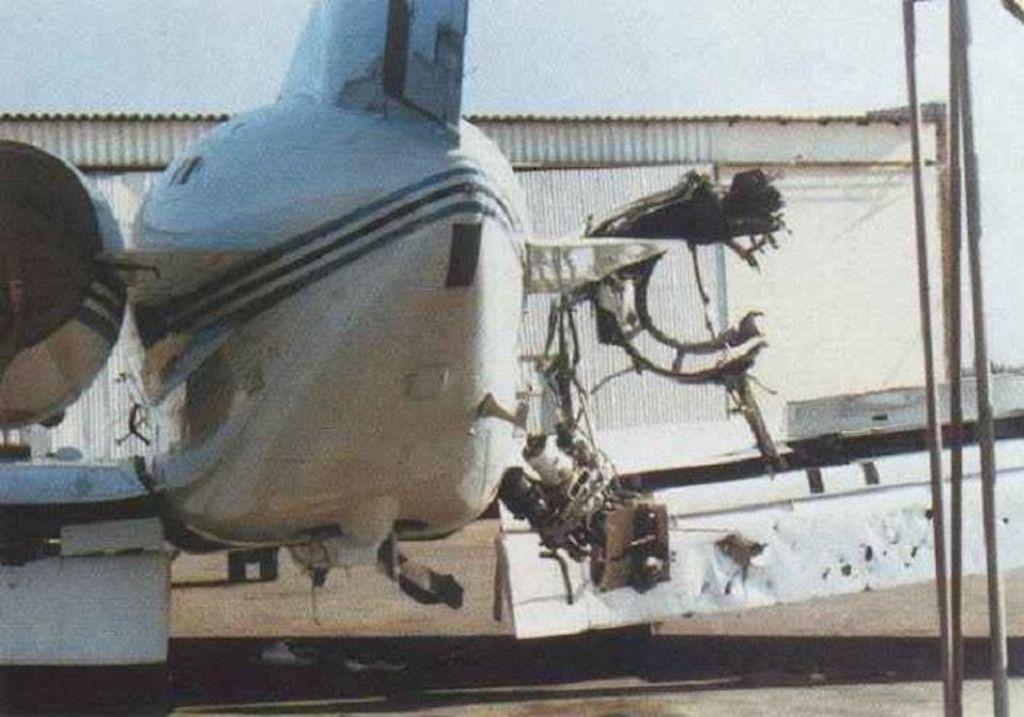
In 1993, I was flying a peacekeeping team between Armenia and Azerbaijan in what was known as the “First Nagorno-Karabakh War.”
This shuttle diplomacy required frequent stops in the capital cities of both countries and at one point one of the airports was strafed by a fighter as we sat helplessly in our unarmed military business jet, a Gulfstream III (C-20B).
A few years later, I flew over several surface-to-air missile sites and watched, helplessly again, as gunfire below was aimed for our diplomatic aircraft, a C-20A, flying into Sarajevo, Bosnia.
We were not hit, but the aircraft following us was not so lucky.
This conflict was, simply, the “Bosnian War.” Both of these war missions were as a U.S. Air Force pilot where this kind of willing helplessness was part of the job.
Now, as a civilian, I am no longer willing and try very hard to avoid any kind of helplessness.
The world is generally a safe place for aviation these days, but that isn’t true for every location.
At least five airliners have been shot down since 1983 (Korean Airlines over the Sea of Japan in 1983, an Iranian Airliner over the Persian Gulf in 1988, Siberia Airlines over the Black Sea in 2001, Malaysia Airlines over eastern Ukraine in 2014, Ukraine International Airlines in Iran in 2020).
Not all threats come from missiles. In 2011, a leased Gulfstream GV was stopped by armed soldiers on the runway in Goma, Congo, as it tried to take off with 475 kg of gold. The crew and passengers were detained for 42 days, and the gold was seized.
The first question you should ask is this: Is the destination too hot to handle?
The second question is this: If the destination is too hot to handle, how do you fly there?
Well, is the destination too hot to handle?
Check U.S. State Department warnings at https://travel.state.gov/content/travel/en/traveladvisories/traveladvis…
Consider a subscription to Ops.Group, available at https://ops.group/story/membership/, where you will find the timeliest warnings worldwide.
In the world of threat analysis, I am sure most military spies will agree that nothing beats “boots on the ground.”
Having lots of eyes in the field is your best defense.
That’s why Ops.Group is your best friend here. It counts thousands of airlines, and commercial and private operators worldwide as subscribers. Its information is timely, accurate and relevant.
I asked Mark Zee, founder and CEO of Ops.Group, for his advice on that second question: How do you plan for flying into a “troubled spot?”
His answer said it all: “Don’t.”

I certainly agree with Zee’s answer: Don’t.

There are commercial systems available for business jet aircraft that are purely electronic (jamming), mechanical (chaff), or a combination of the two.
There are also flight techniques. I have flown with electronic jamming systems and have been schooled in some of the techniques.
But we would always tell ourselves: Don’t go unless you have no other options available to you.
My last thought on this: You always have other options available to you.





